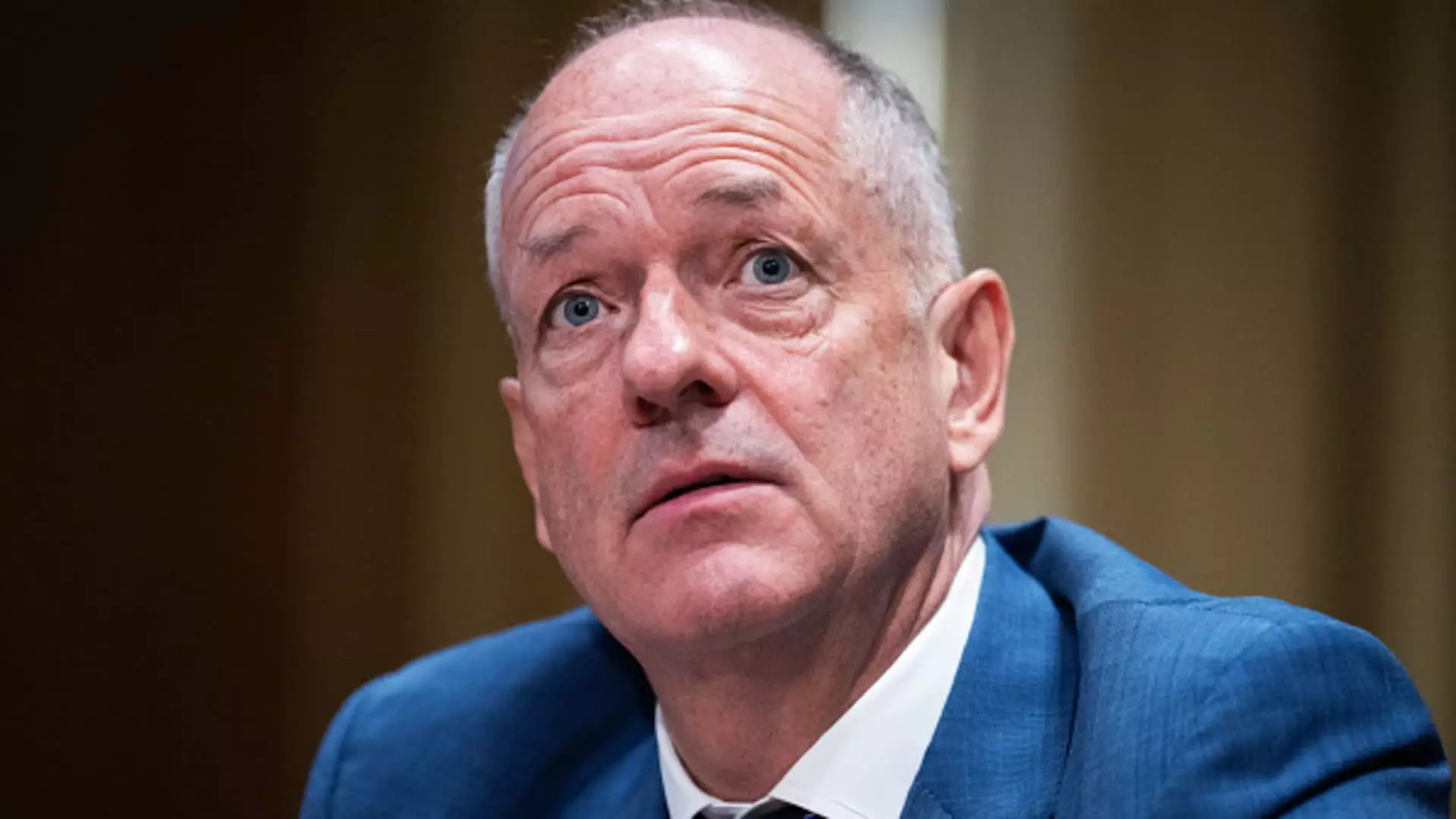The recent passing of Brian Thompson, the CEO of UnitedHealthcare, has sent shockwaves through the healthcare industry, particularly given the circumstances surrounding his death. Andrew Witty, CEO of UnitedHealth Group, expressed his grief over Thompson’s loss, highlighting the void in leadership at a time when the organization—and indeed, the American healthcare system—requires strong and visionary figures to navigate its numerous challenges. Thompson had been at the forefront of guiding one of the nation’s largest private insurance providers, and his tragic death raises important discussions about the pressures faced by leaders in such a high-stakes environment.
Examining the American Healthcare System
In a candid opinion piece published in The New York Times, Witty acknowledged that the current model of healthcare in the United States is inherently flawed. His assessment resonates deeply with widespread public sentiment: many Americans are frustrated with a system that is often perceived as unruly and inefficient. Witty aptly described the healthcare framework as a “patchwork built over decades.” This characterization sheds light on the complex and often contradictory nature of healthcare policies that have evolved without a comprehensive strategy, resulting in a system that neither patients nor healthcare providers can easily navigate.
This reflection on the system’s structural weaknesses is important, especially as healthcare costs continue to rise. From exorbitant premiums to inaccessible care due to denied claims, patients have now found new platforms, including social media, to voice their grievances and share their struggles. The anger towards insurance companies is palpable, as they are frequently viewed as the barriers to obtaining timely and affordable healthcare.
The Need for Collaborative Solutions
Despite the criticism, Witty maintained an optimistic outlook. He emphasized that UnitedHealth Group is committed to working collaboratively with various stakeholders, including healthcare providers, employers, and government entities, to identify ways to improve the delivery of care and reduce costs. Such partnerships are crucial in creating a more transparent and efficient system. Witty’s assertion that the company should improve the communication of what is covered by insurance policies is particularly significant. For many patients, understanding their coverage is a daunting task, exacerbated by the lack of clarity in how insurance benefits are determined.
Moreover, Witty pointed out that each decision made regarding healthcare claims is backed by evolving clinical evidence aimed at achieving favorable healthcare outcomes. This implies a level of complexity that goes unnoticed by many patients who are simply trying to get the care they need. This dichotomy between the insurance process and patient experience underscores the urgent need for reform in the way care delivery and insurance coverage are communicated.
The combination of Thompson’s untimely death and the ongoing challenges facing the healthcare sector serves as a wake-up call. As stakeholders in the industry examine long-standing issues, this moment can catalyze necessary reform. Witty’s commitment to improving both transparency and collaboration could be a guiding force in transforming a deeply flawed system into one that prioritizes patient needs and outcomes. In the face of tragedy, there lies a profound opportunity for change—one that must not be overlooked.

